The Sony TV 2021 lineup has landed in the UAE with Master Series and Bravia OLED TVs announced
The Sony TV 2021 lineup could be the smartest, fastest and most feature-rich range of TVs that the Japanese company has ever released in the UAE– or that any company has ever released for that matter.
That’s big praise, of course, but with a new Cognitive XR Processor coming to every new Sony TV, from the high-end Master Series all the way through to the mid-spec X900J, it could well be true.
Sony may not have the scale of Samsung when it comes to TVs, but we’ve still got our eyes on a good handful of new televisions coming this year – including the pricing for some of its high-end sets.
Sony is already off to a great start. For example, the Sony A90J OLED specs are released and the TV is now available to buy, which is Sony's flagship 4K OLED TV for 2021 – and there are plenty of reasons to pay attention to it if you're in the market for a new high-end set this year.
The question is: what’s the difference between models such as X95J and a X90J? Is it worth saving money by picking the Sony A80J OLED over the Sony A90J? You’ve got questions about the Sony TV lineup for the next six months, and we’ve got answers.
Read on for every Sony TV announced for 2021 in the UAE so far, as well as a run-down of the technologies supported in this year's sets.
- Check out the best 65-inch TVs and best 75-inch TVs
New Sony TVs for 2021
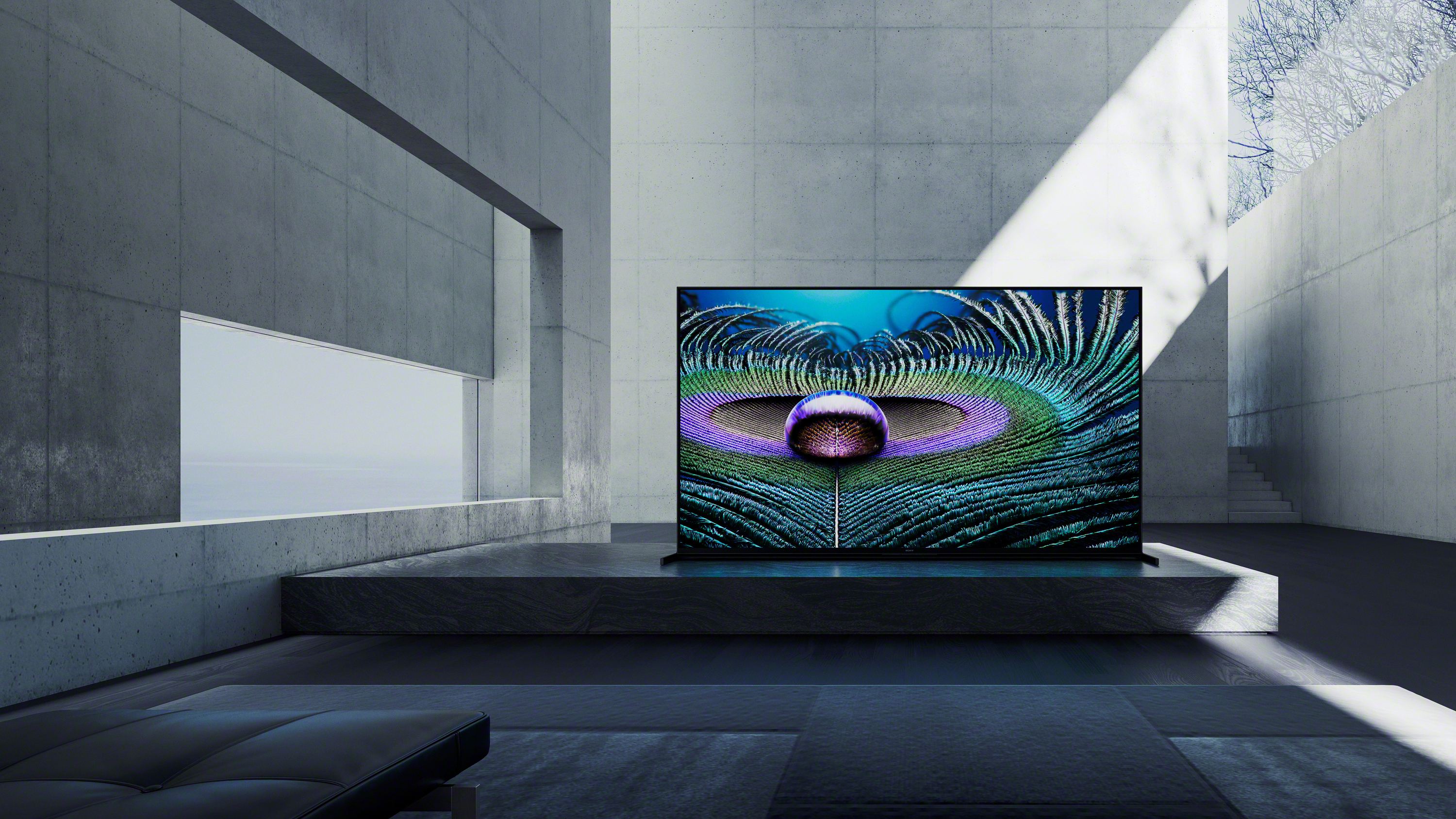
Sony Z9J Master Series LED-LCD 8K TV (available in 85- and 75-inches): The only 8K TV we know about in Sony’s 2021 lineup is the Z9J Master Series.
What makes the Z9J appealing is that it uses the Cognitive XR Processor to enable a feature called XR Contrast Booster 15 that greatly enhances contrast by boosting brightness and black levels with better zone controls, and has the highest-performing upscaling algorithm in the lineup that it needs to fill all those pixels.
It has X-Anti Reflection that reduces glare and X-Wide Angle viewing that helps you see every detail from anywhere in the room and both a light and color temperature sensor that reads the intensity of the ambient light in the room and adjusts the picture accordingly. Last but not least, the legs of the Z9J can be adjusted to fit both wide and narrow TV stands, or it can be wall-mounted if that works better for your space.
Both the 75-inch and 85-inch sizes will be available later in the year.
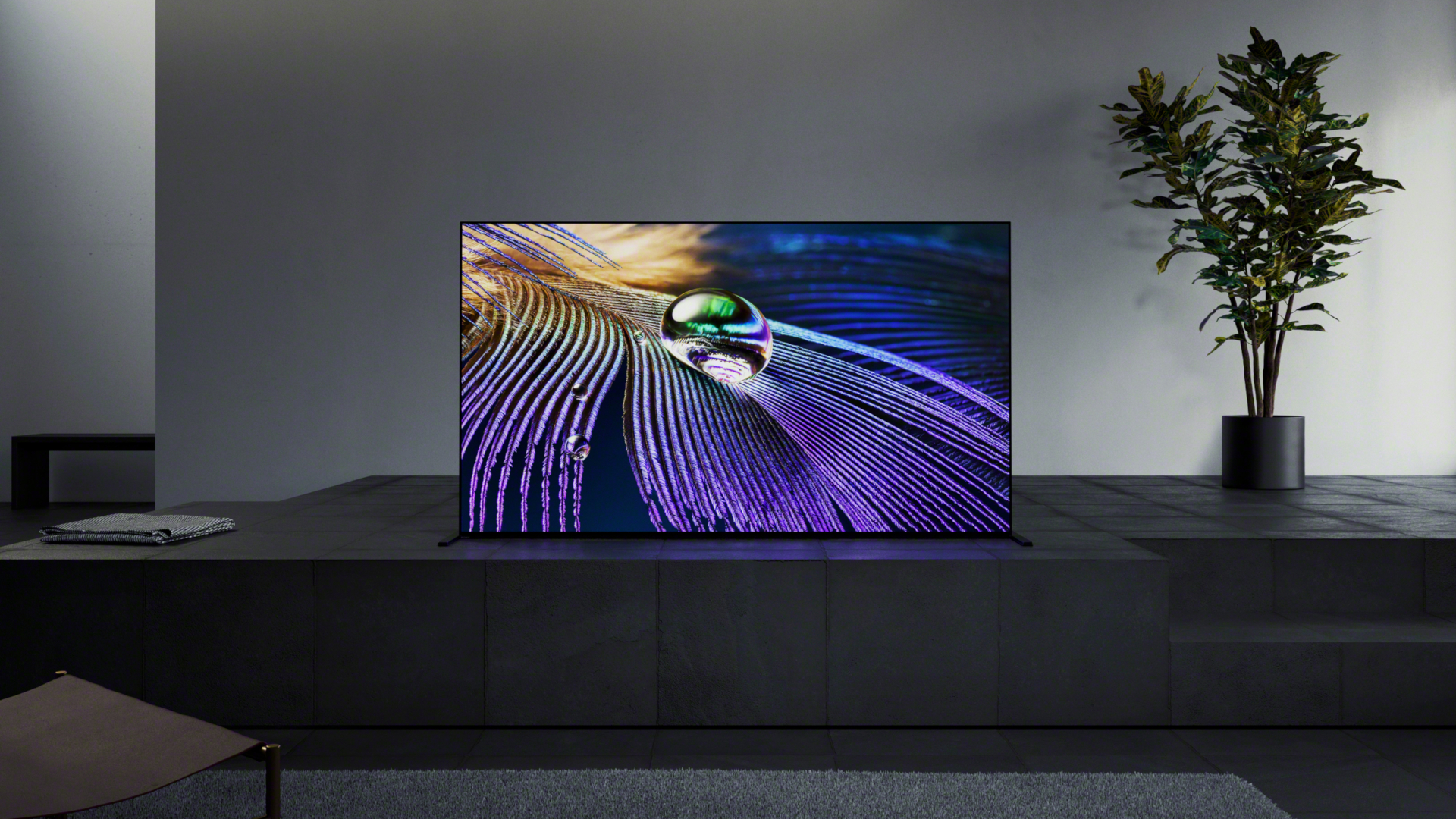
Sony A90J Master Series OLED 4K TV (available in 83- and 65-inches): The A90J earns its Master Series status by being one of the brightest OLED TVs ever made - this is because of Sony’s work on thermal dissipation and the new Cognitive XR Processor that can accurately balance the RGB and White subpixels simultaneously for extreme brightness.
You'll be getting 4K resolution, as well as 4K/120Hz video at 48Gbps through two HDMI 2.1 ports, and both VRR (variable refresh rate) and ALLM (auto low latency mode). The A90J also supports Dolby Atmos passthrough, as well as HDR10 and Dolby Vision dynamic HDR. That said, it's not cheap (you can see the pricing below). The 55-inch and 65-inch models are now available.
Read more: Sony A90J OLED
- Sony XR-65A90J: AED 11,499
- Sony XR-83A90J: Pricing to be announced
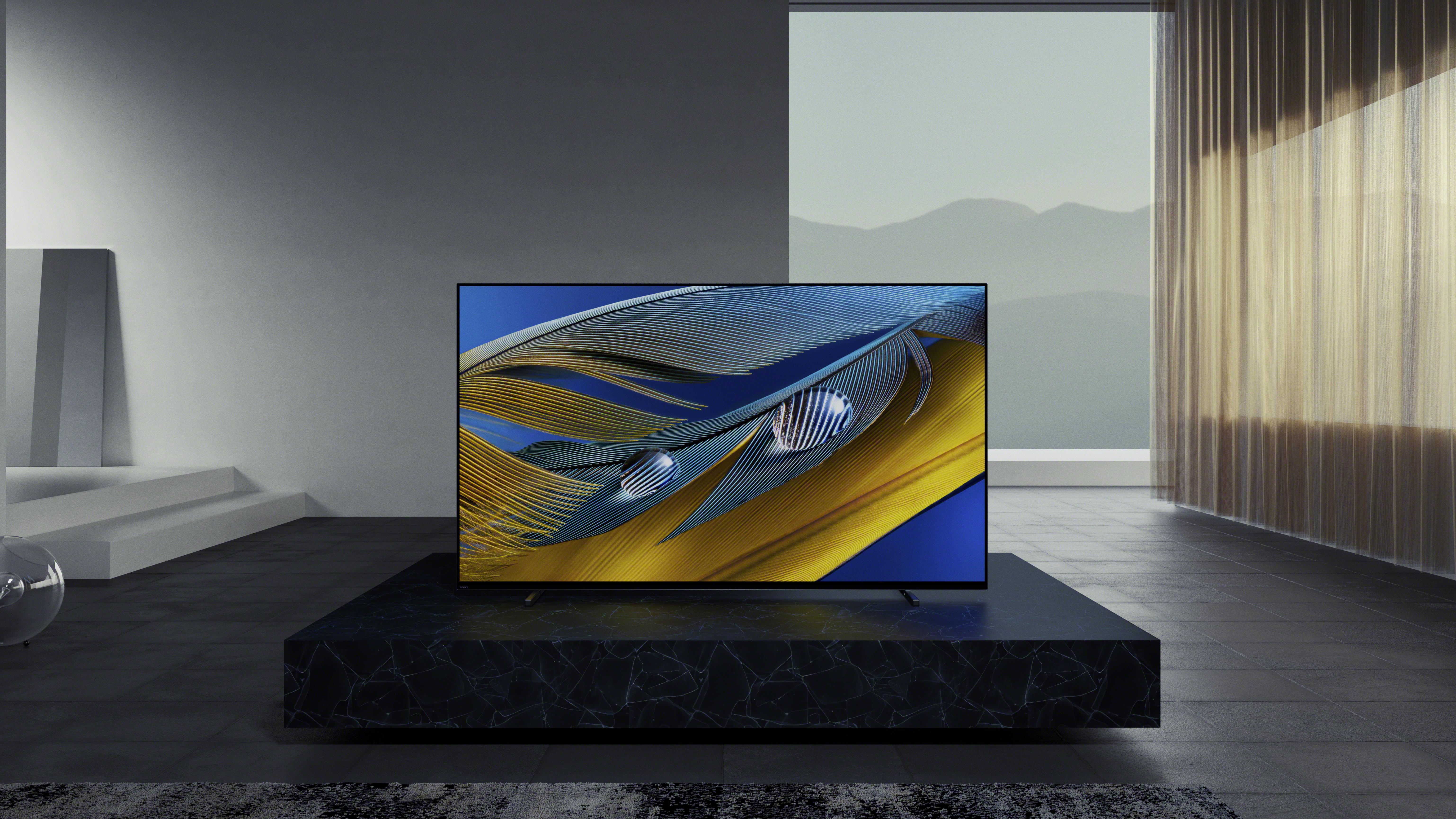
Sony A80J OLED 4K TV (available in 77-, 65- and 55-inches): The Sony A80J is the lesser of the two Sony 2021 OLEDs, but only because it lacks the higher brightness of the A90J. Even without it, the A80J has some seriously impressive technical specs and uses XR 4K Upscaling, XR Triluminos Color Pro and XR Motion Clarity.
Because it’s not as fully specified as the A90J, we’re expecting the A80J to be the more affordable of the two OLEDs, and if it can deliver most of the same performance then it will be a seriously compelling alternative to the LG CX OLED and LG BX OLED from last year. All sizes are now available to pre-order.
Read more: Sony A80J OLED
- Sony XR-55A80J: AED 6,499
- Sony XR-65A80J: AED 8,999
- Sony XR-77A80J: Pricing to be announced
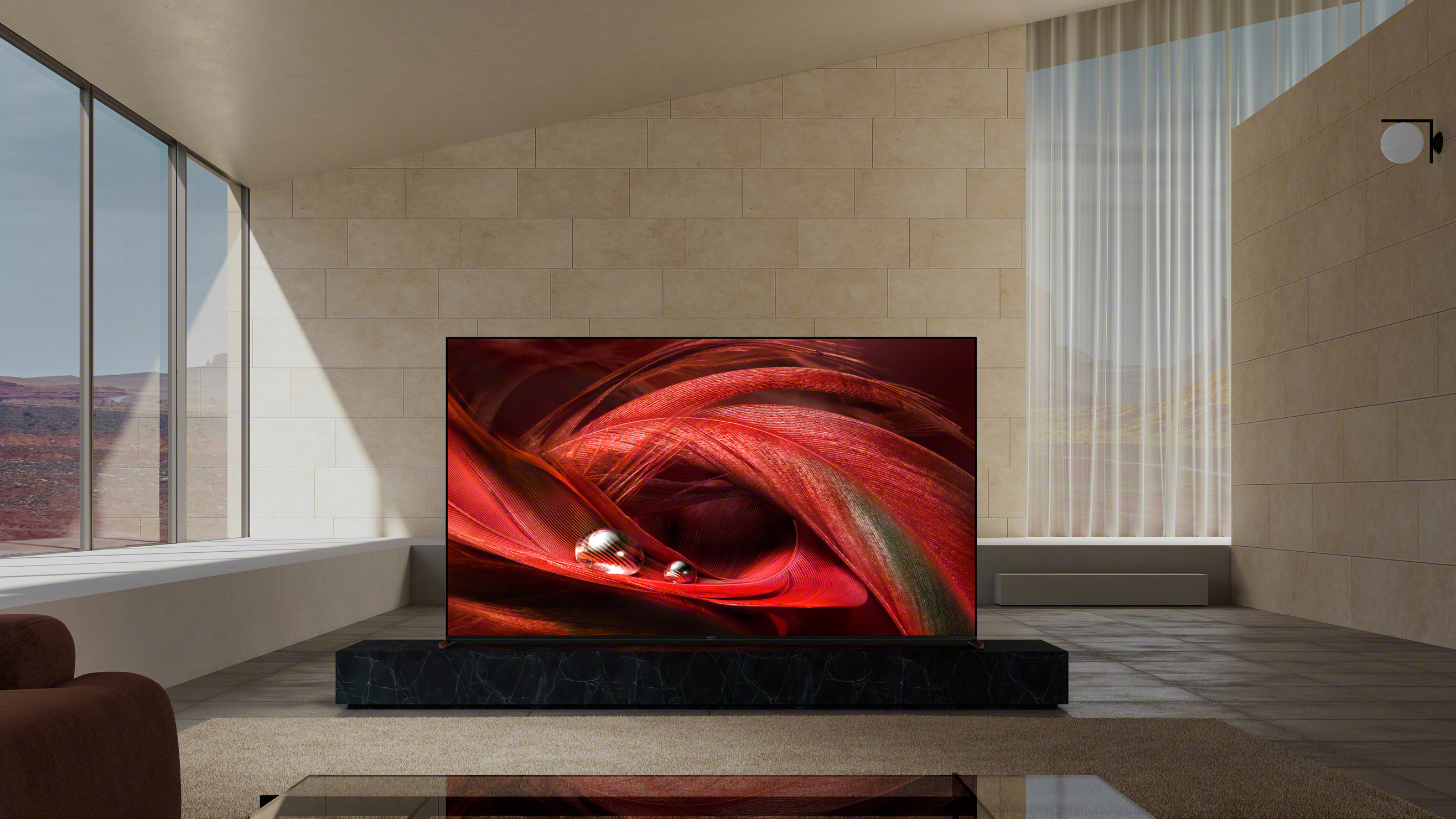
Sony X95J 4K LED-LCD TV (available in 85-, 75- and 65-inches): The Sony X95J is the first step down in that middle range of the Sony TV lineup from the pricey premium models. That said, you’re not sacrificing a ton of features to be here: the X95J still offers the XR Contrast Booster that the Master Series uses (though it won’t be as bright) and the XR 4K Upscaling technology. It has X-Wide Angle, XR Motion Clarity and 3D Audio Upscaling thanks to the Cognitive XR Processor, but will only have X-Anti-Reflection on the two larger models.
In terms of changes compared to last year’s X950H/XH95, one of our favorite Sony TVs from 2020, the X95J is slimmer by about 10mm and adds HDMI 2.1 ports for 4K/120 gameplay – perfect for the PS5 and Xbox Series X. That was a huge sore spot on last year’s X950H, so it’s great that Sony has added them in for this year. Pricing and release date are yet to be confirmed though. The X95J will be available to pre-order from mid-2021.
Read more: Sony X95J
All sizes of the Sony X95J series will be available later in the year.
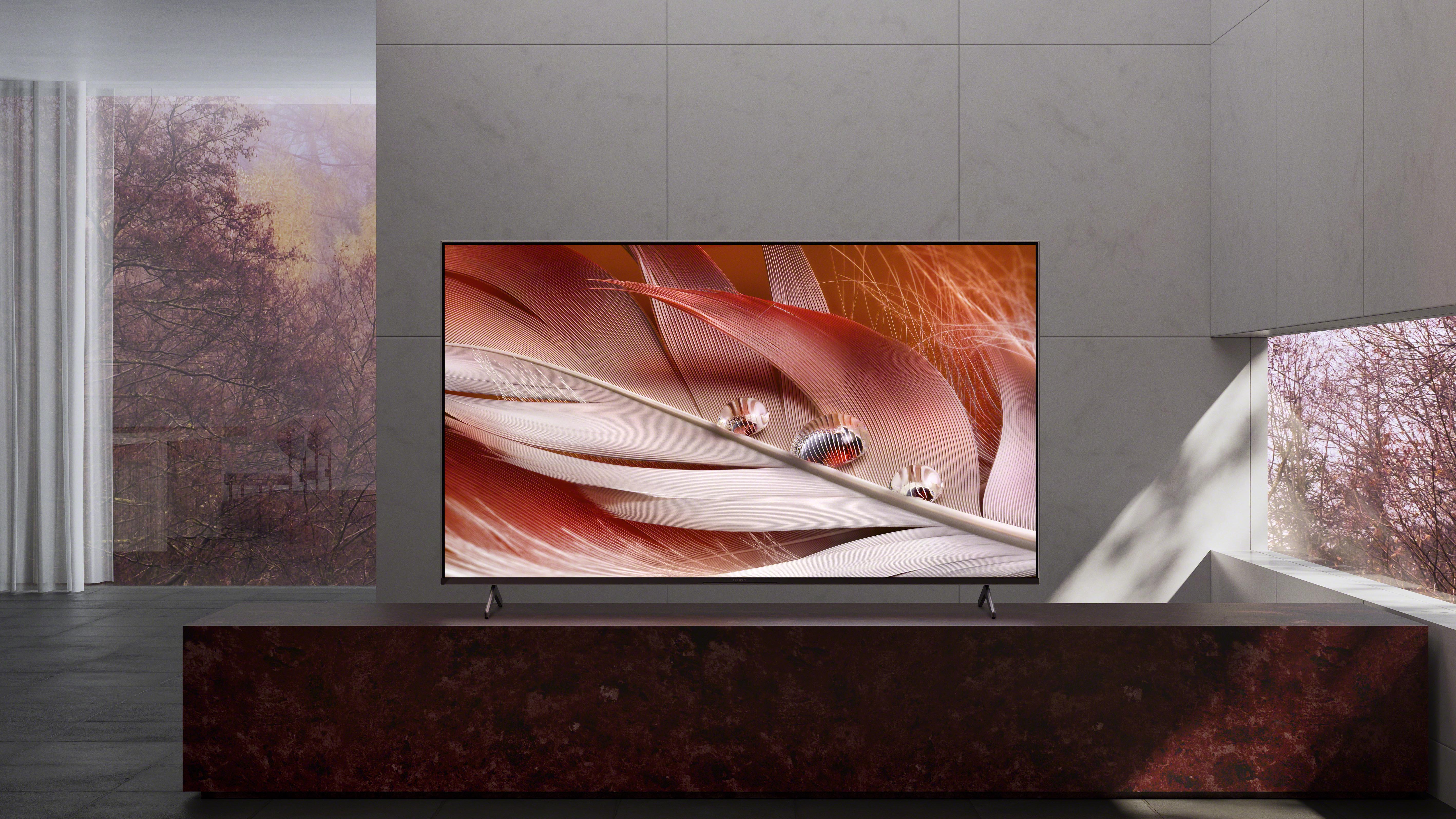
Sony X90J LED-LCD TV (available in 75-, 65-, and 55-inches: While the X90J doesn’t have all the fancy features like the color sensor of the Z9J or the X-Contrast Pro of the A90J OLED, the X90J has the one feature that really counts: the Cognitive XR Processor. With it, the X90J has the same XR 4K Upscaling as the other TVs, the same XR Triluminos Pro tech to enhance colors and 3D Surround Upscaling.
It has Dolby Atmos passthrough and 4K/120 support. It has the potential to offer unparalleled value to anyone who wants a cinephile-quality TV at an affordable price, and we can’t wait to test it for ourselves.
Read our full Sony X90J review
- Sony XR-55X90J: AED 4,399
- Sony XR-65X90J: AED 6,199
- Sony XR-75X90J: AED 8,499
Technology
Sony 2021 TV technology
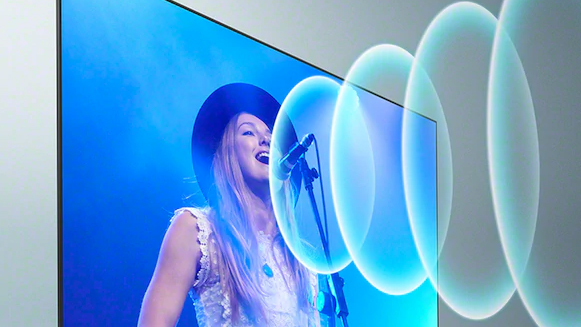
So, what’s new with Sony TVs this year? The main change comes in the form of its Cognitive XR processor, which Sony claims is bringing a huge upgrade in capability to its 2021 TV range.
Can Sony one-up the X1 Ultimate processor that's been driving its premium TVs for the past few years? Sony certainly thinks so, saying that the Cognitive XR chip utilizes a “completely new processing method designed to replicate the ways humans see and hear”, detecting a so-called “focal point” in the TV’s picture to focus processing around the more important parts of the image. “While conventional Artificial Intelligence (AI) can only detect and analyze picture elements like color, contrast and detail individually, the new processor can cross-analyze an array of elements at once, just as our brains do,” Sony says.
On top of the new processor, each model of the Sony 2021 line-up will use the new Google TV smart platform instead of the older Android TV software. That means you’ll essentially get a Chromecast with Google TV built into your TV which, considering that a standalone streaming stick would set you back $49 / £59 / AU$99, feels like a nice perk. Baked in support for Google Assistant is a given, though you can also connect your TV to smart speakers like the Amazon Echo (which uses Alexa) too.
In an interview with TechRadar, Sony told us that each of the models shown off so far will support 4K/120Hz with at least two 48Gbps HDMI 2.1 ports, and the Master Series will also offer a third HDMI port that’s 8K/60Hz-enabled. VRR (variable refresh rate) and ALLM (auto low latency mode) features are supported for gamers, helping to ensure responsive play and a smooth picture, while eARC (enhanced audio return channel) allows for lossless audio passthrough from the TV to a connected soundbar.

You’ll also get Dolby Vision support across the series as well as Dolby Atmos passthrough in every model as well.
While that last bit makes the Sony 2021 series perfect partners for a Sony-made Dolby Atmos soundbar, the company is making some major changes to the built-in audio of its TVs that will make them sound a lot better out of the box. The highlight of these features is called XR Surround that can take a two-channel or 5.1 surround signal and convert it to 5.1.2 – meaning you’ll have a basic faux-Atmos system with every TV you purchase. The impact of this will, we expect, vary between the audio capabilities of individual sets.
We'll also be seeing the return of Sony’s Acoustic Surface Audio+ technology, which uses motor-driven ‘actuators’ placed around the set’s casing to vibrate sound across the whole panel. It’s a neat concept in theory, though it can serve to muddy the audio somewhat as it spreads it around.
The much-marketed Netflix Calibrated Mode makes a return, too – even if we wouldn’t bother using it – but IMAX Enhanced is also supported for those with compatible content.
Contributer : Techradar - All the latest technology news https://ift.tt/3h1SOlG

 Reviewed by mimisabreena
on
Wednesday, June 30, 2021
Rating:
Reviewed by mimisabreena
on
Wednesday, June 30, 2021
Rating:















No comments:
Post a Comment